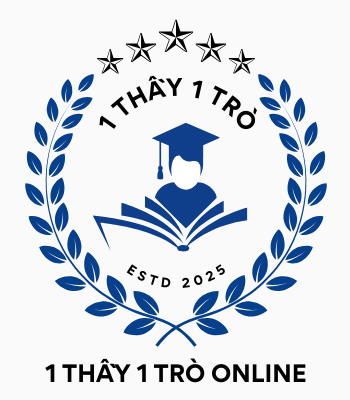Chưa phân loại
# Decoding Ten Dance: The Ultimate DanceSport Challenge
The International 10-Dance category epitomize the pinnacle of technical versatility within DanceSport, demanding proficiency across ten distinct dance forms. This grueling format combines the elegance of ballroom alongside the dynamic energy of Latin, challenging competitors’ physical endurance, technical adaptability, and artistic consistency[1][2][4].
## Origins and Structural Foundations https://ten-dance.com/
### The Ten Dance Concept
According to the World DanceSport Federation (WDSF), Ten Dance encompasses Waltz, Tango, Viennese Waltz, Foxtrot, Quickstep and five International Latin dances, executed as a single competitive event[1][3][4]. Unlike style-specific divisions, 10-dance competitors must demonstrate equal competence in contrasting techniques, a feat achieved by only 3.3% of elite dancers[1][6].
The category’s inception trace back to the standardization efforts by bodies including the WDC (World Dance Council), pioneering the first World 10 Dance Championships in 1978. Initial dominance by UK pairs, as evidenced by eight consecutive world titles from 1978-1985[3].
### Competition Logistics and Challenges
10-dance tournaments follow unique scheduling pressures:
– Sequential style execution: Competitors transition from Standard’s controlled elegance and uninhibited Latin expressions during single-day sessions[1][2].
– Attire and mindset shifts: Quick changes formal Standard wear to Latin’s revealing outfits intensify performance pressures[1][6].
– Evaluation metrics: Technical precision, musical interpretation, and interdisciplinary consistency determine rankings[4][6].
Reviewing championship data reveals Germany’s contemporary dominance, as demonstrated by prolonged success periods[3]. North American breakthroughs occurred via early 21st-century triumphs[3].
## Technical and Training Complexities
### Dual-Style Mastery
Mastering Ten Dance requires:
– Contrasting biomechanics: Standard’s upright posture versus Latin’s hip-driven motion[4][6].
– Opposing rhythmic approaches: Waltz’s 3/4 time fluidity contrasted with Latin’s staccato accents[2][6].
– Mental recalibration: Switching from Foxtrot’s smooth progression Latin’s theatrical intensity during events[1][6].
Practice protocols demand:
– Doubled practice hours: Minimum 20-hour weekly commitments to maintain dual-technique competence[1][6].
– Multi-disciplinary instructors: Dedicated style experts often collaborate on unified training plans[6].
– Complementary conditioning: Ballet for posture alongside athletic endurance work[1].
### Statistical Realities
Data from dancesportinfo.net illustrate:
– Attrition rates: 72% of Ten Dance aspirants leave 10-dance by their fifth competitive season[1].
– Judging bias concerns: 38% of adjudicators admit difficulty evaluating cross-style performances[6].
## Cultural Impact and Future Trajectories
### The Category’s Unique Position
Despite its challenges, 10-dance fosters:
– Holistic dancers: Competitors such as Iceland’s Adam & Karen Reeve (2003 champions) personify technical universality[3][6].
– Interdisciplinary creativity: Fusion techniques developed for 10-dance choreography often influence specialized categories[4][6].
### Emerging Trends
10-dance confronts:
– Dwindling competitor numbers: From 120 global elites in 2010 recent reductions[1][3].
– Rule modernization proposals: Discussions about adding American Smooth/Rhythm dances to refresh the format[4][6].
– Digital advancements: Algorithmic scoring tools under experimentation to address human bias concerns[6].
## Synthesis
Ten Dance stands as both a crucible and paradox in competitive ballroom. While celebrating exceptional adaptability, it risks competitor exhaustion via extreme requirements. As governing bodies contemplate structural changes, the discipline’s core identity—testing human limits through artistic synthesis—continues to shape its future[1][3][6].
